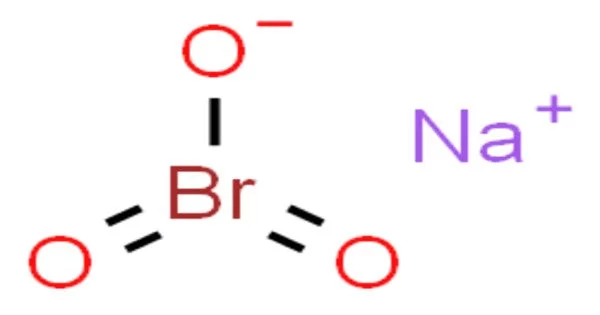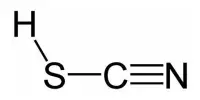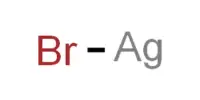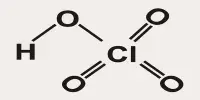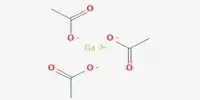The sodium salt of bromic acid is sodium bromate, an inorganic compound with the chemical formula NaBrO3. It has the appearance of a white crystalline solid. It may explode if exposed to heat or fire for an extended period of time. It is a strong oxidant. When combined with sodium bromide, it is a strong oxidant that is primarily used in continuous or batch dyeing processes involving sulfur or vat dyes, as well as as a hair-permagent, chemical agent, or gold solvent in gold mines.
Properties
Sodium bromate is an inorganic sodium salt having bromate as the counterion. It has a role as an oxidising agent and a nephrotoxin. It is a bromate salt and an inorganic sodium salt.
- Chemical formula: NaBrO3
- Molar mass: 150.89g/mol
- Appearance: colorless or white solid
- Odor: odorless
- Density: 3.339 g/cm3
- Melting point: 381 °C (718 °F; 654 K)
- Boiling point: 1,390 °C (2,530 °F; 1,660 K)
- Solubility in water: 27.5 g/100 mL (0 °C); 90.8 g/100 mL (100 °C)
- Solubility: soluble in ammonia; insoluble in ethanol
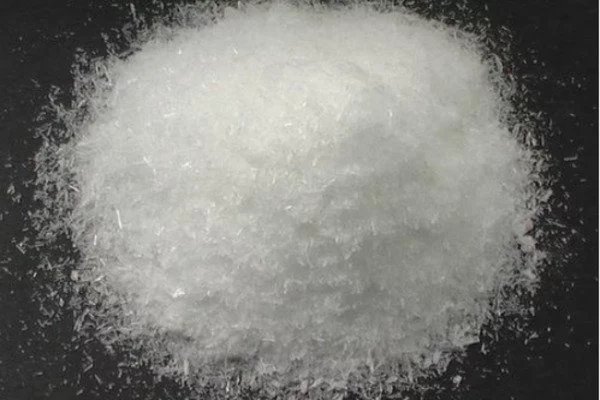
Production
Sodium bromate is produced by passing bromine into a solution of sodium carbonate. It may also be produced by the electrolytic oxidation of sodium bromide. Alternatively, it can also be created by the oxidation of bromine with chlorine to sodium hydroxide at 80 °C.
3 Br23+ Na2CO3 → 5 NaBr+NaBrO33+ CO2
Uses
Sodium bromate is primarily used in continuous or batch dyeing processes involving sulfur or vat dyes, as well as as a hair-permagent, chemical agent, or gold solvent in gold mines when combined with sodium bromide.
Potassium bromate is primarily used as a flour and dough conditioner; however, it is also used as an oxidizing agent in analytical chemistry and as a brominating agent. Calcium and barium bromates have limited applications as oxidizers, flour maturing agents, and analytical reagents.
Human health issues
Bromate in drinking water is undesirable because it is a possible carcinogen in humans. Its presence in Coca-Dasani Cola’s bottled water prompted a recall in the United Kingdom. Sodium bromate is known to cause acute toxicity through ingestion, inhalation, and skin and eye contact. It causes severe skin irritation, eye damage, and respiratory tract irritation. As a carcinogen, it has the potential to cause chromosomal abnormalities and genetic defects.
